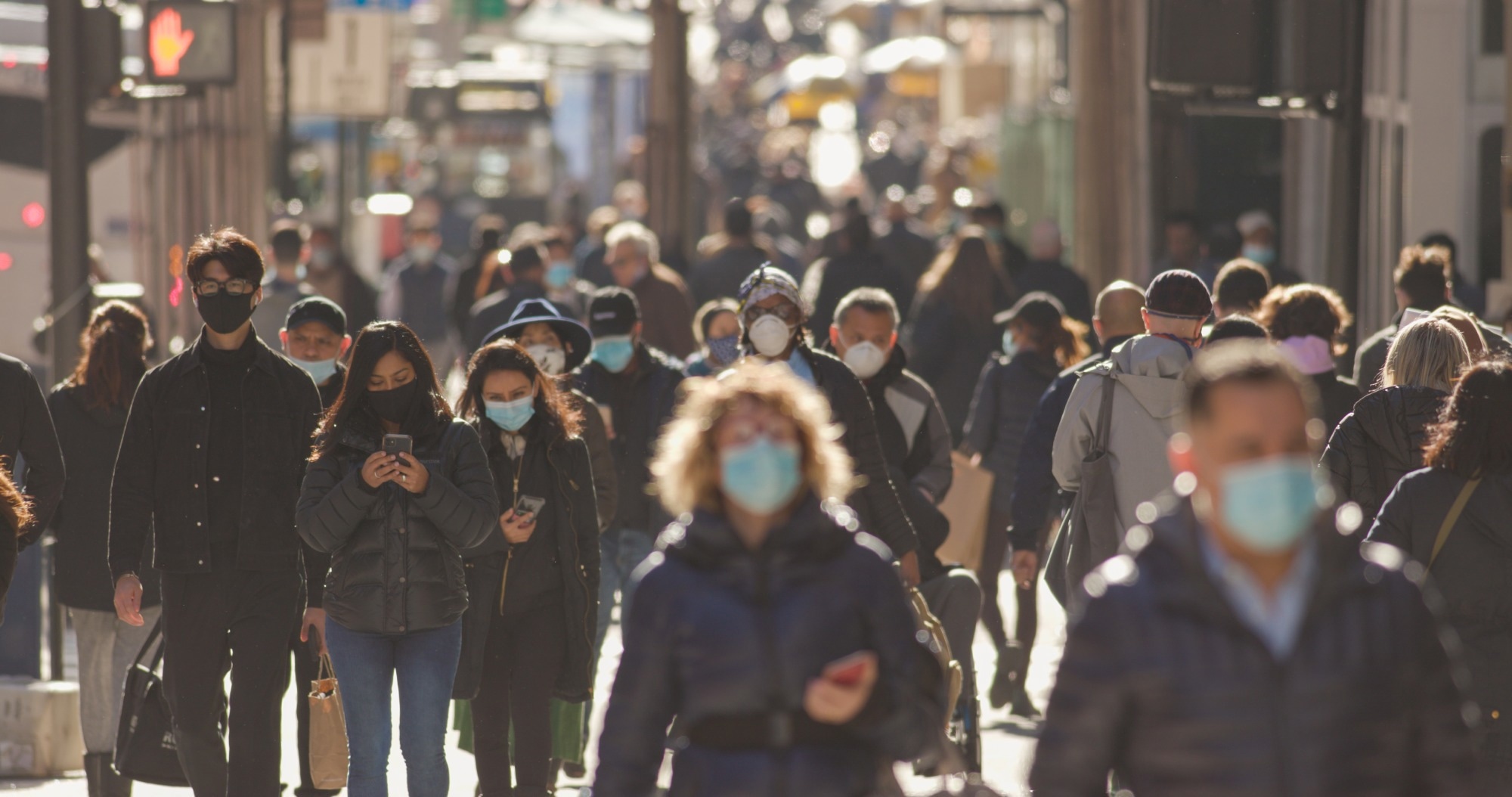In a recent study published in PLoS ONE, researchers investigated the variations in coronavirus disease 2019 (COVID-19) testing and severe outcomes according to race, ethnicity, and gender.

Background
Early results indicate that severe acute respiratory syndrome coronavirus 2 (SARS-CoV-2) testing and positivity varied by gender and race or ethnicity, with lowered testing observed among minority populations. In contrast, higher positivity numbers were noted among Hispanic and Black Americans compared to White Americans. These discrepancies in access to timely COVID-19 diagnosis and treatment result from persistent inequalities in the United States. The effects of uneven SARS-CoV-2 exposure, disparities in healthcare access, and underlying comorbid illnesses need extensive research.
About the study
In the present study, researchers explored disparities in testing and adverse outcomes according to race or ethnicity and gender.
The Corona-Infectious-Virus Epidemiology Team (CIVET) involves three integrated health systems, two academic health clinics, and one interval group. This team participated in the Kaiser Permanente Mid-Atlantic States (KPMAS), Kaiser Permanente Northern California (KPNC), MACS/ WIHS Combined Cohort Study (MWCCS), North American AIDS Cohort Collaboration on Research and Design (NA-ACCORD), Veterans Aging Cohort Study (VACS), Vanderbilt Comprehensive Care Clinic human immunodeficiency virus (HIV) Cohort (VBCCC), and the University of North Carolina at Chapel Hill HIV Clinical Cohort (UCHCC). Each cohort's study population was limited to (1) persons who were living as of 1 March 2020; and (2) persons who were "in cohort" or "in care.”
The team performed a retrospective assessment of the CIVET cohort to examine differences in COVID-19-related outcomes concerning testing, case positivity, hospitalization, and mortality by race or ethnicity and gender among individuals between 1 March 2020 and 31 August 2020. A participant's index date was either: 1) the date of the initial SARS-CoV-2 polymerase chain reaction (PCR) positive test, 2) the date of the latest negative or invalid/pending SARS-CoV-2 PCR test result in the absence of a positive test, or 3) 1 March 2020 for individuals who were not PCR tested. At each site, patient-level information was collected and forwarded to KPMAS.
Eligible participants were patients hospitalized with COVID-19 clinical symptoms within seven days before and 45 days following their first SARS-CoV-2 positive test. Patients who passed away after receiving a positive SARS-CoV-2 test for the first time throughout the study period were evaluated for mortality data and death mortality. Death data were gathered through claims, EHR systems, the VA Beneficiary Identification Records Locator Subsystem, the Centers for Medicare & Medicaid Services, the VA Vital Status File containing information from inpatient records, and the Social Security Administration.
Results
The study population comprised 5,958,908 patients, including 5,955,269 from clinical cohorts and 3,639 from the interval cohort. Among these, 5,724 were hospitalized due to COVID-19 clinical syndrome diagnoses, and 1,399 died following a positive SARS-CoV-2 PCR test result.
Cohorts E and S have a greater proportion of older, over 60-year-old individuals than other cohorts. The team observed a larger percentage of White individuals in cohorts V and T; a higher percentage of Black individuals in cohorts C, E, and S; a higher percentage of Hispanics in cohorts C and I; a significant proportion of men in cohort E; and a high percentage of Medicare beneficiaries in cohort V. Throughout the trial, 1% of the population tested SARS-CoV-2 positive, 11% tested negative while 88% did not indicate testing. Furthermore, most hospitalized patients with a COVID-19 diagnosis were Hispanic men. Those who died following the detection of SARS-CoV-2 were more likely to be White and men.
Hispanic patients displayed the highest SARS-CoV-2 testing across the six clinical cohorts, while Asian/Pacific Islander patients had the lowest overall proportion of SARS-CoV-2 testing. Trends in overall positivity percentages mirrored those in testing, with Hispanic patients having the highest probability of positivity.
Overall, the study results highlighted that discrepancies based on race or ethnicity and gender persisted in healthcare settings with decreased barriers to getting medical care during the COVID-19 pandemic.
The researchers believe that additional research is needed to understand and mitigate the factors that led to greater morbidity rates among Black patients and men.
- Jefferson C, Watson E, Certa JM, Gordon KS, Park LS, D’Souza G, et al. (2022). Differences in COVID-19 testing and adverse outcomes by race, ethnicity, sex, and health system setting in a large diverse US cohort. PLoS ONE. doi: https://doi.org/10.1371/journal.pone.0276742 https://journals.plos.org/plosone/article?id=10.1371/journal.pone.0276742
Posted in: Medical Science News | Medical Research News | Disease/Infection News
Tags: Aging, AIDS, Coronavirus, covid-19, Epidemiology, Health Systems, Healthcare, HIV, Immunodeficiency, Medicaid, Medicare, Mortality, Polymerase, Polymerase Chain Reaction, Research, Respiratory, SARS, SARS-CoV-2, Severe Acute Respiratory, Severe Acute Respiratory Syndrome, Syndrome, Virus

Written by
Bhavana Kunkalikar
Bhavana Kunkalikar is a medical writer based in Goa, India. Her academic background is in Pharmaceutical sciences and she holds a Bachelor's degree in Pharmacy. Her educational background allowed her to foster an interest in anatomical and physiological sciences. Her college project work based on ‘The manifestations and causes of sickle cell anemia’ formed the stepping stone to a life-long fascination with human pathophysiology.
Source: Read Full Article